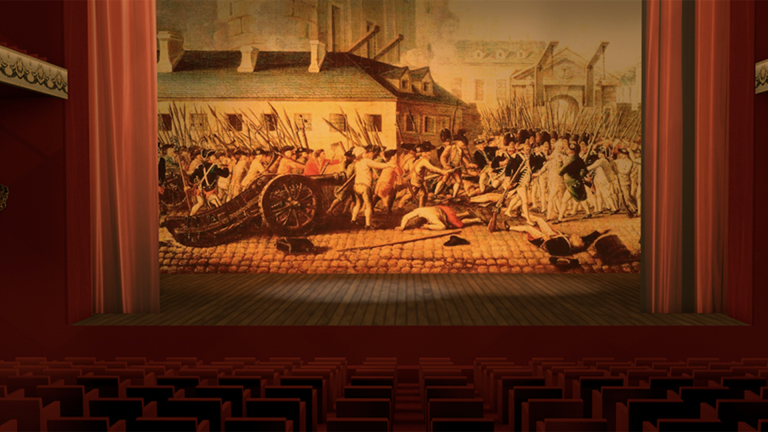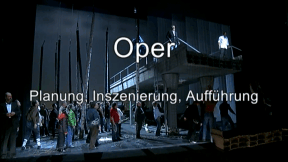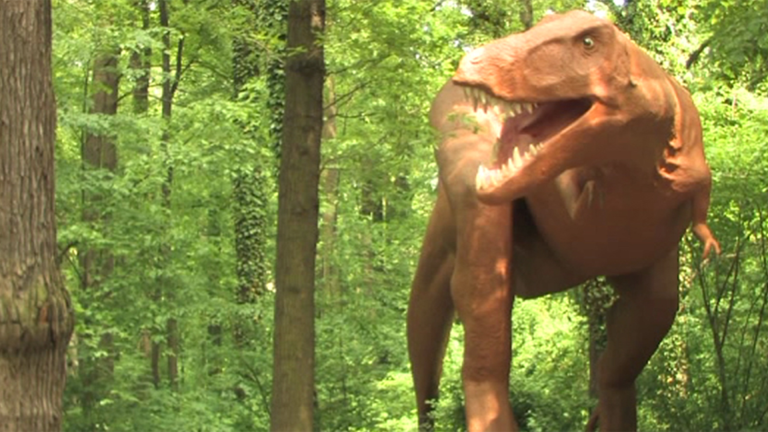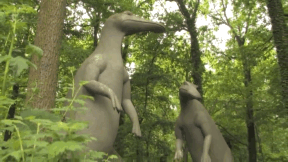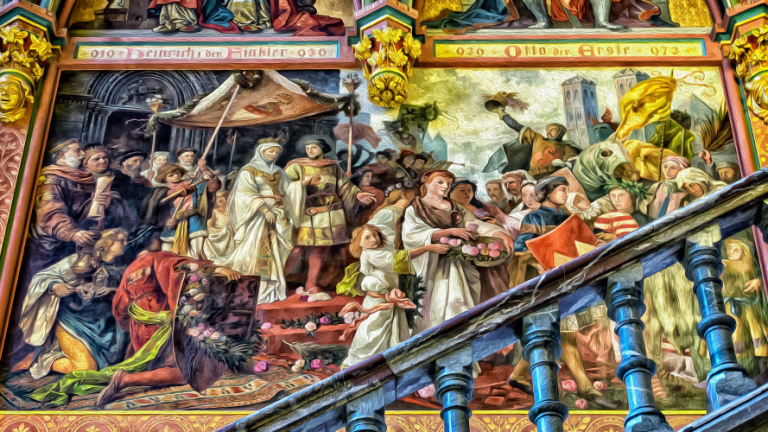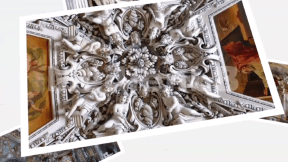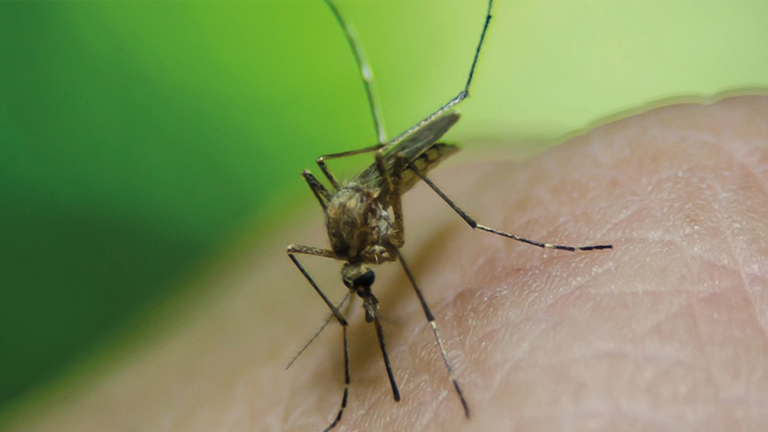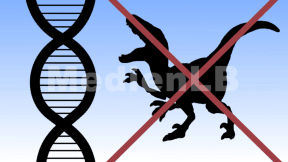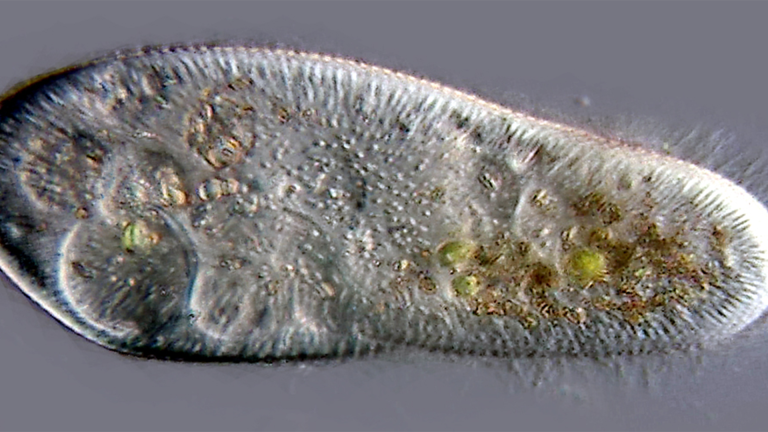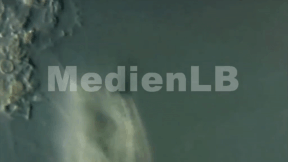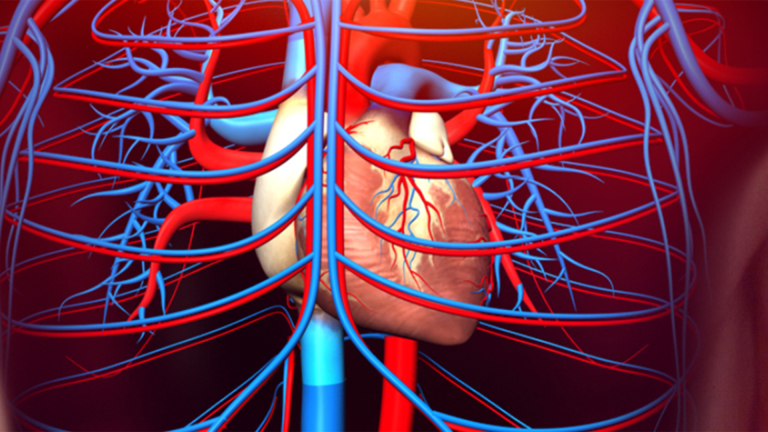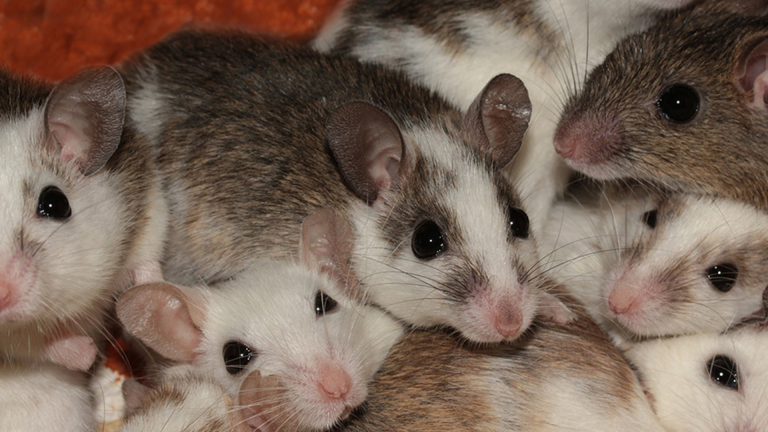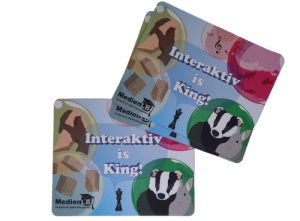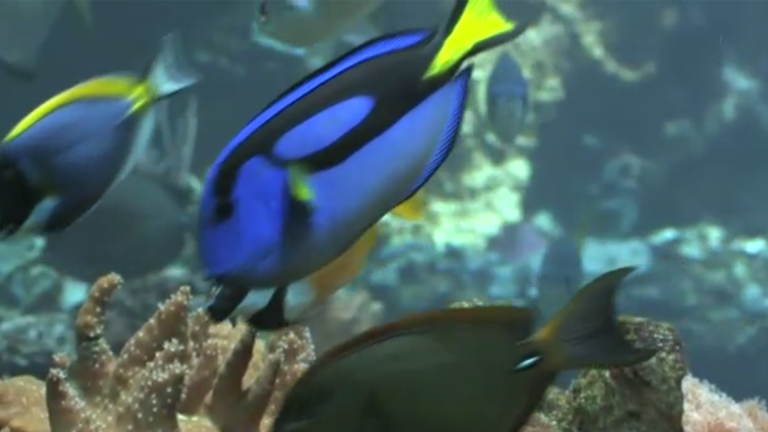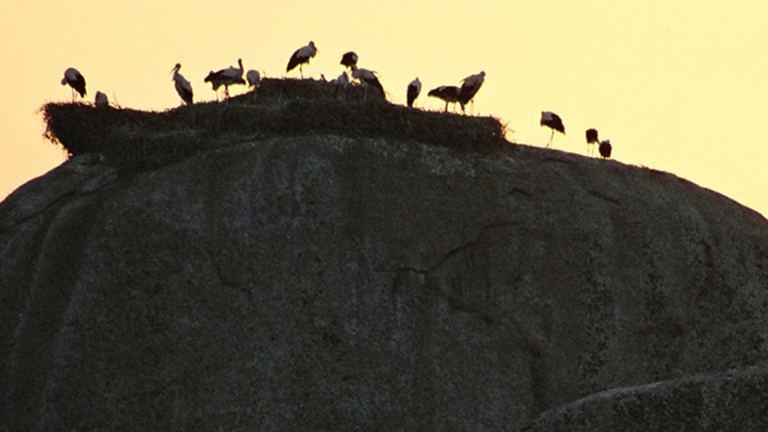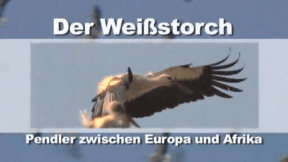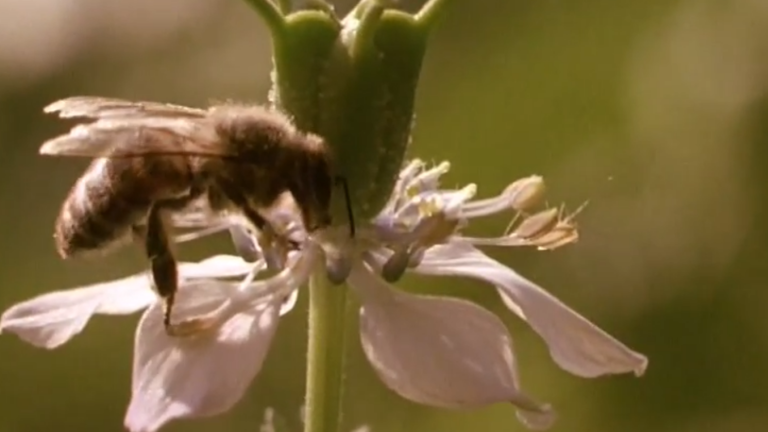Suche:
- # Artistry
- # Biology
- # Chemistry
- # Ecological
- # Economy
- # English
- # Foreign Language
- # Geography
- # German
- # Health
- # History
- # Informatik
- # Latin
- # Mathematics
- # Media Education
- # Music
- # Physics
- # Politics / Civics
- # Preschool
- # Primary School
- # Religion
- # Society
- # Sports
- # Technology
- # Training of Teachers
- # Vocational Education
Make up Your Mind!
The young boxer is convinced: »Boxing is fun«. For boxing strengthens your self-confidence because it takes courage, time after time, to step into the ring and because you learn how to fight and to defend yourself. From his personal experience of his first five fights he comments on what a great feeling it is to win. He has not experienced the failure of losing a fight yet, he was able to win four and one ended in a draw. His goal is to have a career, earn money and get better and better. Eventually he wants to be as good as his acknowledged role model the Ukrainian boxer Vladimir Klitschko. He vehemently rejects the idea that Klitschko could dope. The world champion trains his stamina every day by swimming. Then why dope?
Learn moreOpera
As soon as the audience has taken their seats, the conductor enters the orchestra pit. When he lifts the baton, the magic ritual of enchantment through music, play and light in an illusory world, which is to true nonetheless, begins. But what is opera, anyway? Let us dare a look behind the scenes! This film presents the institution and the artistic creation of an opera. The pupils learn about the structure of a traditional opera house. They get to know how an opera production is planned and prepared. They see how many people contribute to an opera production from the planning to the first night. What jobs and what manual skills are behind a production? How do make-up artists and costume designers work? How many rehearsals are required? All these questions and a lot more are answered by the film. And if the pupils do attend an opera performance, they will perhaps think of the many people and skills that were needed to make this evening a success. Together with the extensive accompanying material the didactic DVD is perfectly suited for various uses in the classroom.
Learn moreDinosaurs
Dinosaurs lived on our Earth about 160 million years ago. There are several theories as to why they became extinct about 65 million years ago but the fascination with these creatures is still there. We can look at dinosaurs in dinosaur parks. People have reconstructed dinosaurs based on their ideas of what they might have looked like. In an age appropriate way the following questions are addressed in the film: When did dinosaurs live? What did the Earth look like at the time of the dinosaurs? How did dinosaurs live? Were dinosaurs clever? How do we know about dinosaurs? Where did the dinosaurs get their funny names from? Why did the dinosaurs become extinct? A special highlight is the chapter “Dinos Present Themselves“. A selection of dinosaurs, speaking in different voices, convey information on the various species to the children. Together with the extensive accompanying material the DVD is ideally suited for project work in the elementary sector.
Learn moreBaroque
Pompous buildings, impressive parklands, extravagant parties and unimaginable luxury.
Learn moreMücken
Stechmücken, Schnaken, Gnitzen und 40 Mückenfamilien mehr bevölkern unsere Erde. Während sie uns an einem lauen Sommerabend voraussichtlich nur lästig erscheinen, sind sie seit rund 120 Millionen Jahren ein wichtiger Bestandteil unseres Ökosystems.
Learn moreWolf
Canis lupus, der Urahn der Haushunde, war einst auf nahezu der gesamten Nordhalbkugel heimisch, ehe er ab dem 15. Jahrhundert systematisch verfolgt und beinahe ausgerottet wurde.
Learn moreSingle-cell Organisms
The Earth is the only planet known to us where liquid water ─ the source of life ─ exists.
Learn moreMice, Small Rodents
Mice are found almost everywhere. The small agile rodents live in forests, meadows and fields but also in our very midst. They have long or short tails, big or small ears. Even if they differ on the outside, all of them have one thing in common: sharp incisors with which they gnaw their way through life. Not every animal called “mouse“, counts among the ”true mice“. The white-toothed shrew, a small, grey-coloured animal, is often found in settlement areas. Outwardly it looks very similar to a true mouse, its frenzied behaviour reminds of mice, too. Shrews, however, are not rodents but carnivores with sharp little teeth, which feed on worms, woodlice, insect larvae and other invertebrates. They are more closely related to the hedgehog or the mole than to mice.
Learn moreFish
This DVD offers a clearly structured overview of fish with an emphasis on the following aspects: The typical body build of fish and their adaptation to the water habitat are shown. The fish skeleton proves that they are vertebrates. Their sense organs (eyes, nose, barbels, lateral lines) are adjusted for survival in water. The skin is characterised by different kinds of scales. Free water fish, ground fish and surface fish are distinguished from each other by three typical mouth and body shapes. Locomotion in the water is made possible by different kinds of fins. Respiration through gills is a typical feature of fish. Herbivores possess typical characteristics distinguishing them from carnivores. Swarm fish and loners display different behaviour patterns. The film is divided into six menu items (chapters), which may be individually accessed and worked on. For this purpose, additional pictures, diagrams, texts or selected short film clips are offered, which can simply be called up by remote control.
Learn moreThe White Stork
People have always found the white stork fascinating. It is a large, conspicuous bird, which exposes itself to human curiosity by the choice of its nesting places, therefore people tend to assign meaning to its behaviour. Today, the white stork is still believed to bring good luck. The film covers the characteristics of white storks, their appearance and behaviour as well as the order of Ciconiiformes. The habits of the white storks, their habitats and migration routes are shown in the film, too. In the Reproduction Chapter, we can see interesting pictures of hatching chicks and their first attempts at flying. The DVD includes first-grade bonus material on the bird migration research carried out by the Max Planck Research Centre for Ornithology headed by Peter Berthold. The white stork’s cultural significance and myths told about it as well as the ties between countries, which are strengthened by the “European Stork Villages”, are covered, too. The bonus material is only available in German and adds approximately 14 minutes to the film.
Learn moreBlossoms
In impressive pictures several interesting biological topics are conveyed by this film: knowledge of the structure of blossoms, their variety of forms as well as significance and purpose of their colours and scents. Thus it becomes comprehensible why blossoms are so differently structured, how self pollination is avoided and which evolutionary achievement is behind the symbiotic interaction between blossoms and pollinators. Pollination is a “deal“: the plant offers the insects nectar in exchange for the transport of the pollen. Prerequisite for this is the mutual adaptation process of the blossom to the mouthparts of the insect and vice versa. That cheating goes on during this “business relationship” between plant and animal is illustrated with the example of flower mimesis. The perfect way in which blossoms succeed in attracting insects without offering them nectar in return is another highlight of this film. Together with the extensive accompanying material the DVD is perfectly suited for use in the classroom.
Learn more





